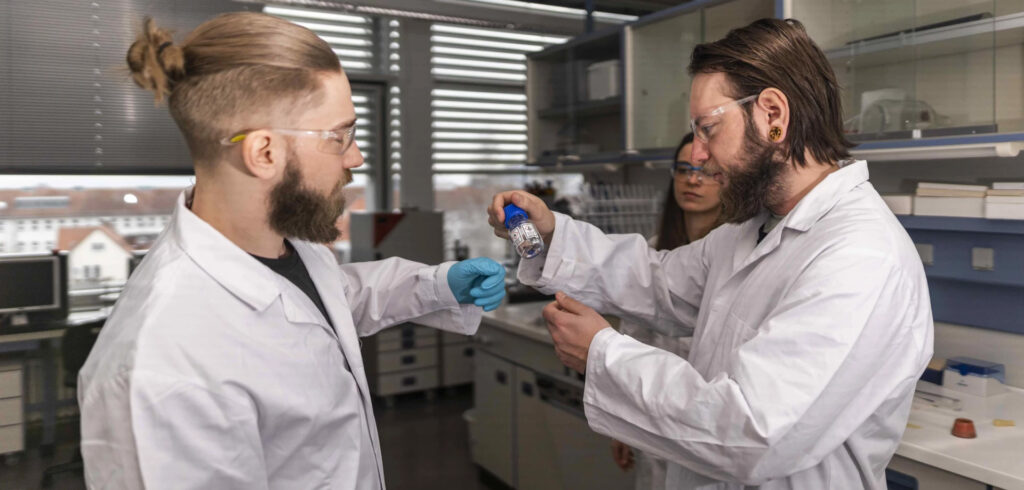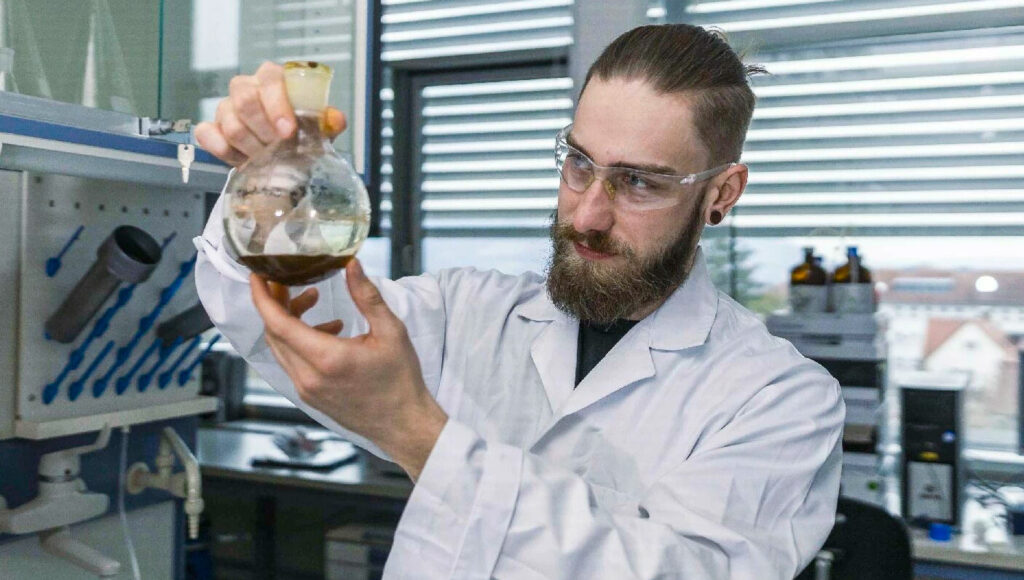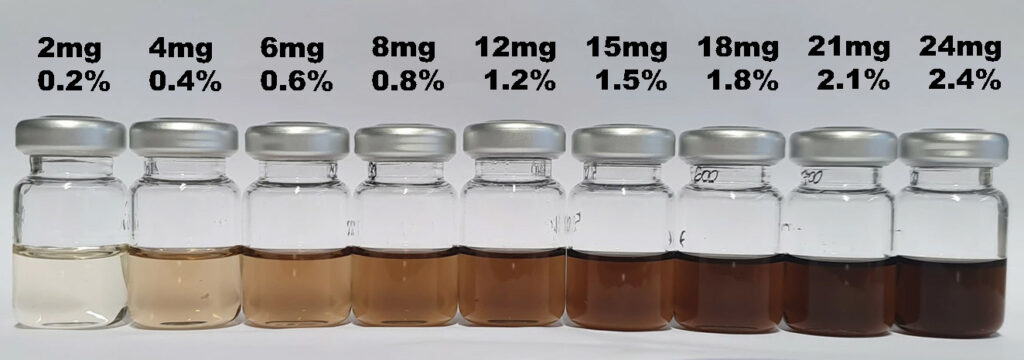The Science Behind Quantitative Test Kits – QTests.org
The Science Behind QTests

QTests were developed in 2022 by Dr. Felix Blei in Jenna, Germany. A product of years of research, they are the world’s first quantitative reagent test kits. That means they do not simply identify the presence of a substance (like other reagent kits), but they actually tell you the potency, in terms of milligrams or a percentage. For example, you can determine the specific number of milligrams of MDMA in an ecstasy tablet (or micrograms of LSD in liquid or blotter) or the percent potency of your crystal or powder MDMA. For dried mushrooms and cannabis, QTests can tell you the percent potency of active ingredient (psilocybin or THC/CBD) in any amount of homogenized material.

What’s the Secret?
The secret behind QTests is its four-fold process of Extraction, Reaction, Calibration and Evaluation.
1. Extraction – The first step is to extract all of the active ingredient from the substrate. For MDMA, a simple solvent dissolves the material. For mushrooms, cannabis and blotter LSD, however, it’s a bit more challenging. Each of these QTests comes with a unique extraction fluid developed specifically for the drug in question. Add a carefully measured amount of material, and in twelve to fifteen minutes (with a little shaking and—for mushrooms—a bit of heating) all the active ingredient is pulled out of the substrate and becomes suspended in the fluid.
2. Reaction – The next step involves combining the extraction fluid (now with all the active ingredient dissolved into it) with a colormetric reagent that reacts only to that ingredient. Depending on how much active ingredient is present, the saturation or intensity of the color reaction will differ. The more that is present, the more saturated or intense is the color change.
3. Calibration – Because all the liquids come in precisely measured volumes, and the amount of starting material used was carefully measured, the color intensity can be perfectly calibrated to reflect the actual concentration of active ingredient in the sample. Included with each QTest is a graded color chart that gives you the answer.
4. Evaluation – When QTests are used correctly, they are extremely accurate. However, some people may have difficulty correctly matching the color of the reaction vial with the proper bar on the color chart. In controlled volunteer studies, some people misjudged the correct color bar by one step (either one above or one below the correct bar). This is why we say that accuracy can differ from HPLC by approximately 10% (the average difference between the color bars). To reduce the chances of a 10% error, it is important to perform the evaluation in daylight (or in very bright and white indoor light).

